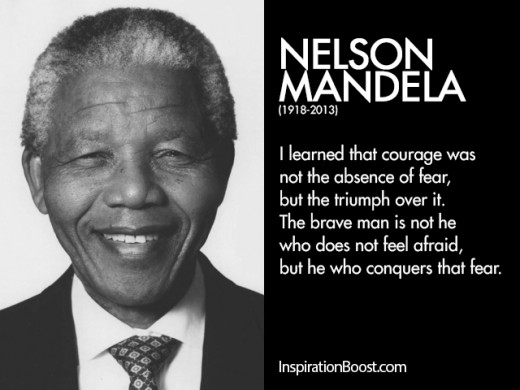For centuries, these seemingly larger-than-life birds have fascinated and inspired us with their brilliant leadership characteristics. When eagles come to mind, people commonly imagine an enormous hunter soaring above wide-open spaces on outsized wings.
Indeed, eagles are among the world’s largest birds of prey. We venerate them as living symbols of power, freedom, and transcendence. In some religions, these creatures are believed to touch the face of God. Legend holds that Mexico’s Aztec civilizations so revered the birds that they built Tenochtitlan, their capital, at the spot where an eagle perched on a cactus.
For centuries, people have seen eagles as a symbol of beauty, bravery, courage, honour, pride, determination, and grace. This bird is important and symbolic to humanity because of its characteristics. Here are five important characteristics of the eagle that have been closely associated with leadership.
"If art is to nourish the roots of our culture, society must set the artist free to follow his vision wherever it takes him"
— John F. Kenney1. Eagles Have Powerful Vision
If you ever see an eagle sitting high above on a cliff or atop a tree, watch closely and see how attentive the bird is. The body will be still and the head tilted side to side to observe what is happening below, around, and above it. Even if it's flying, you can observe how keen its eyes are, looking for its prey. Eagles have extremely powerful vision. Their eyes are specially designed for long-distance focus with clarity. They can even spot another eagle soaring from 50 miles away.
Does this leadership characteristic ring a bell for you? I am sure it does. Look at great leaders who have come and gone in the world, and you'll see they share the characteristic of eagle-like vision, with the ability to both see reality clearly as it is in the present as well as make accurate predictions about the future.
All successful people, men and women, are big dreamers. They imagine what their future could be, ideal in every respect, and then they work every day toward their distant vision, that goal or purpose."
— Brian Tracy
Take Abraham Lincoln for example. Abraham Lincoln, the 16th president of the United States, guided his country through the most devastating experience in its national history, the Civil War. He had a vision to save the Union and free the slaves. He is considered by many historians to have been the greatest American president.
You must have a vision that guides and leads your team towards the organization's or society's goals. The vision must be big as well as focused. A big, focused vision will produce big results.
2. Eagles Are Fearless
An eagle will never surrender to its prey, no matter its strength or size. It will always put up a fight to win its prey or regain its territory.
You can watch a video on YouTube of the Golden Eagle's remarkable hunting strategy in which it preys on goats much larger than itself by throwing them off the side of a cliff.
No matter what the size of the person or what weapon they may be holding, you would attack them without thought or regard for yourself. It wouldn’t even dawn on you to be afraid because your instinct is to protect that which you love and cherish.
Successful leaders are fearless. They face problems head on.

. Eagles Are Tenacious
Watch an eagle when a storm comes. While other birds fly away from the storm, an eagle spreads its mighty wings and uses the current to soar to greater heights. The eagle takes advantage of the very storm that lesser birds fear.
The challenges in the life of a leader are many. These are the storms we must face as leaders to rise to greater heights. Like an eagle, a leader can only rise to greater heights if he faces the challenges head on without running away from them.
4. Eagles Are High Flyers
Eagles can fly up to an altitude of 10,000 feet, but they are also able to swiftly land on the ground.
An eagle doesn't mingle with the pigeons. Pigeons scavenge on the ground and grumble and complain all day long. Eagles don't. They fly and make less noise, waiting for opportunities to strike their next prey or gliding with the current of the storm.
Great leaders are problem solvers. They don't complain like pigeons do. They love to take challenges like an eagle when the storm comes.

5. Eagles Nurture Their Young
Even though eagles are known for their aggression, what is more astonishing is their ability to nurture their young ones. Research has shown that no member of the bird family is more gentle and attentive to its young than eagles.
This is how it happens: when the mother eagle sees that the time has come for it to teach the eaglets to fly, she gathers an eaglet onto her back, and spreading her wings, she flies high. Suddenly she swoops out from under the eaglet and allows it to fall. As it falls, it gradually learns what its wings are for until the mother catches it once again. The process is repeated. If the young is slow to learn or cowardly, she takes it back to the nest, and begins to tear the nest apart until there is nothing left for the eaglet to cling to. Then she nudges him off the cliff.
True leaders are not bosses. They grow with their people. They strive to make individuals in the organization or society grow to their full ability. They teach and guide just like the mother eagle does. They never stop giving challenges but also never give up empowering and directing.

0 Comments